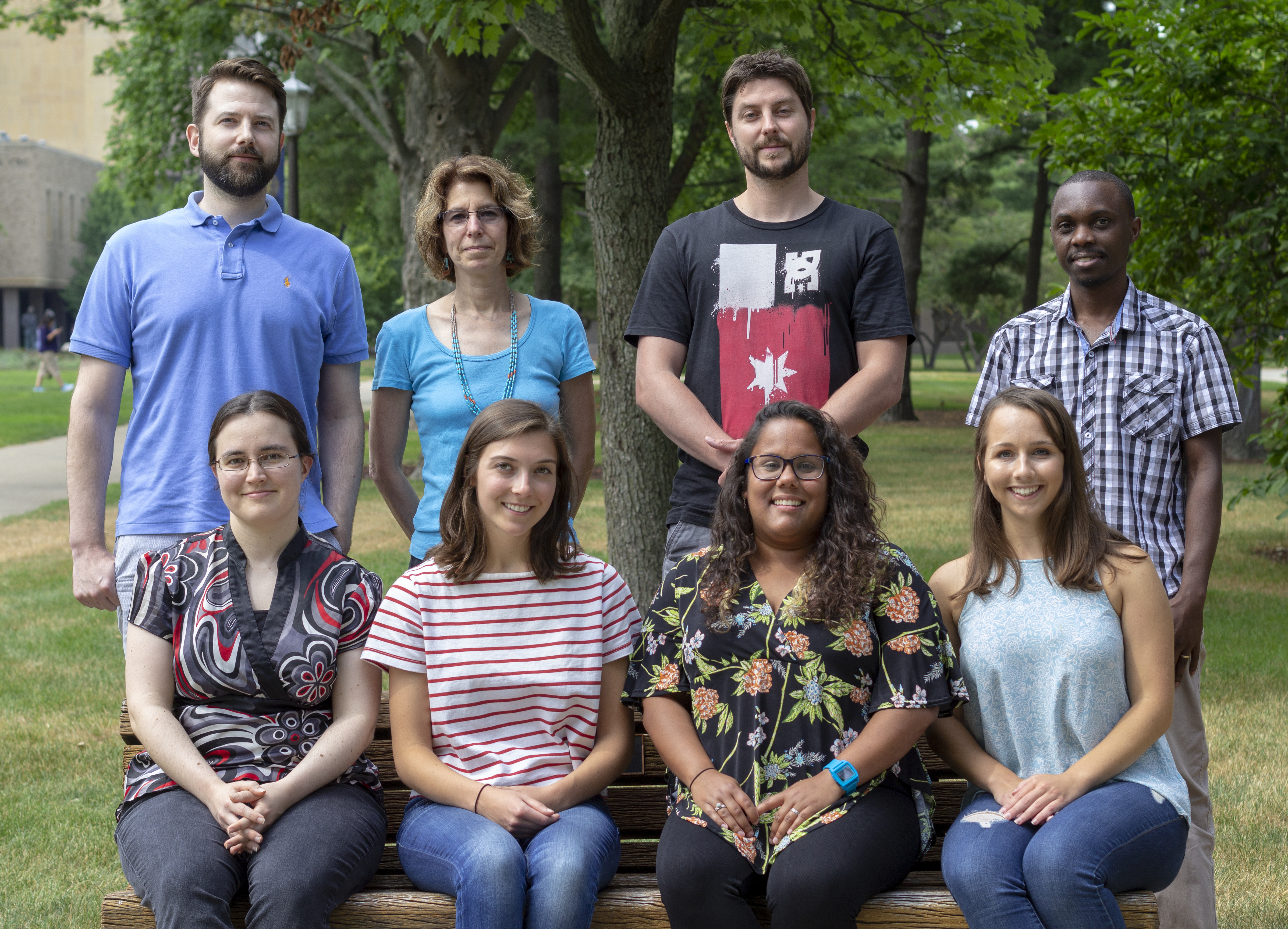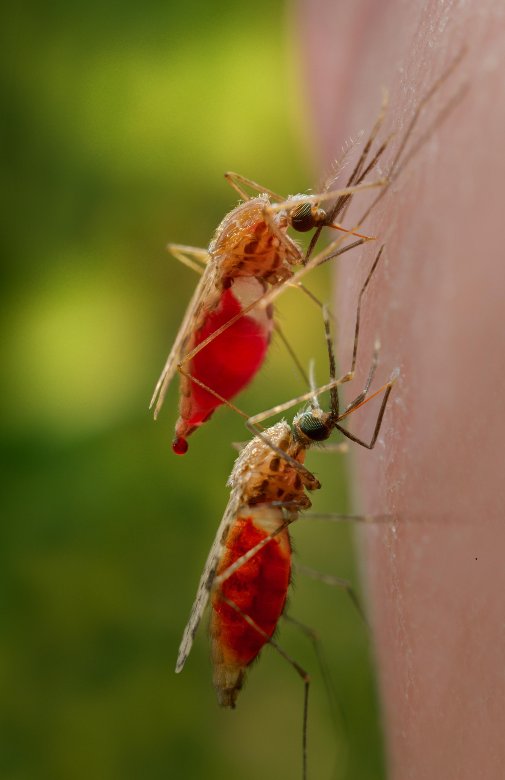Evolutionary, Ecological and Functional Genomics of Malaria Mosquitoes
About 445,000 people, mainly children under five, die each year from malaria. Of these deaths, 90% are in Africa. The currently available tools to combat malaria, mainly long-lasting insecticide treated bed nets and artimisinin-based combination therapy, have substantially reduced malaria cases and deaths, but the World Malaria Report 2017 shows that progress has stalled. It is concerning that even under (unrealistic) ideal conditions—absence of parasite or vector resistance and perfect application of these tools—there is no evidence that they can interrupt the intense and stable malaria transmission that occurs in many parts of Africa. If elimination is the goal, rather than control, additional new tools are required. Researchers around the world are leveraging burgeoning genomic resources to develop intervention strategies that specifically target the malaria vector mosquitoes.
Genomic research in my laboratory is motivated by an enduring mystery: What makes a good malaria vector? Of the several thousand mosquito species, only Anopheles mosquitoes transmit human malaria, for reasons that are not understood in detail. Among the several dozen important human malaria vectors globally, it is mainly the African species that excel. This, too, is poorly understood on a mechanistic level. Most intriguing to us is the fact that nearly every known human malaria vector mosquito belongs to its own independent species complex. These species complexes are clusters of recently radiated, morphologically indistinguishable, and very closely related species whose members nevertheless differ sufficiently in behaviors and physiologies that some have limited geographic distributions and minor or no contributions to malaria transmission while others in the same complex are broadly distributed and dominant species with ferocious roles in transmission. This suggests that the evolutionary transition from non-vector to vector can happen rapidly, and that it has happened repeatedly across Anopheles mosquito diversification. We seek to understand why and how this has happened, focusing on the African species groups responsible for the majority of malaria transmission: the Anopheles gambiae and Anopheles funestus species complexes.


